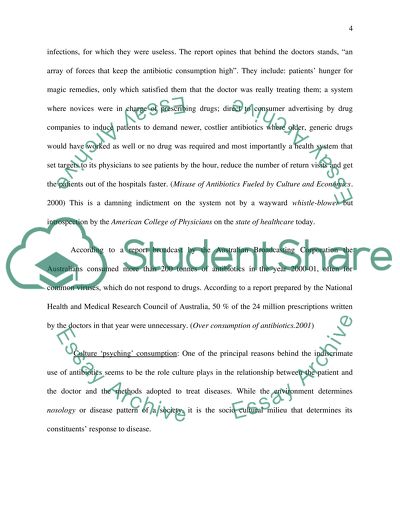Cite this document
(“Anthropology of Infectious Disease Essay Example | Topics and Well Written Essays - 2500 words”, n.d.)
Anthropology of Infectious Disease Essay Example | Topics and Well Written Essays - 2500 words. Retrieved from https://studentshare.org/health-sciences-medicine/1499460-anthropology-of-infectious-disease
Anthropology of Infectious Disease Essay Example | Topics and Well Written Essays - 2500 words. Retrieved from https://studentshare.org/health-sciences-medicine/1499460-anthropology-of-infectious-disease
(Anthropology of Infectious Disease Essay Example | Topics and Well Written Essays - 2500 Words)
Anthropology of Infectious Disease Essay Example | Topics and Well Written Essays - 2500 Words. https://studentshare.org/health-sciences-medicine/1499460-anthropology-of-infectious-disease.
Anthropology of Infectious Disease Essay Example | Topics and Well Written Essays - 2500 Words. https://studentshare.org/health-sciences-medicine/1499460-anthropology-of-infectious-disease.
“Anthropology of Infectious Disease Essay Example | Topics and Well Written Essays - 2500 Words”, n.d. https://studentshare.org/health-sciences-medicine/1499460-anthropology-of-infectious-disease.


